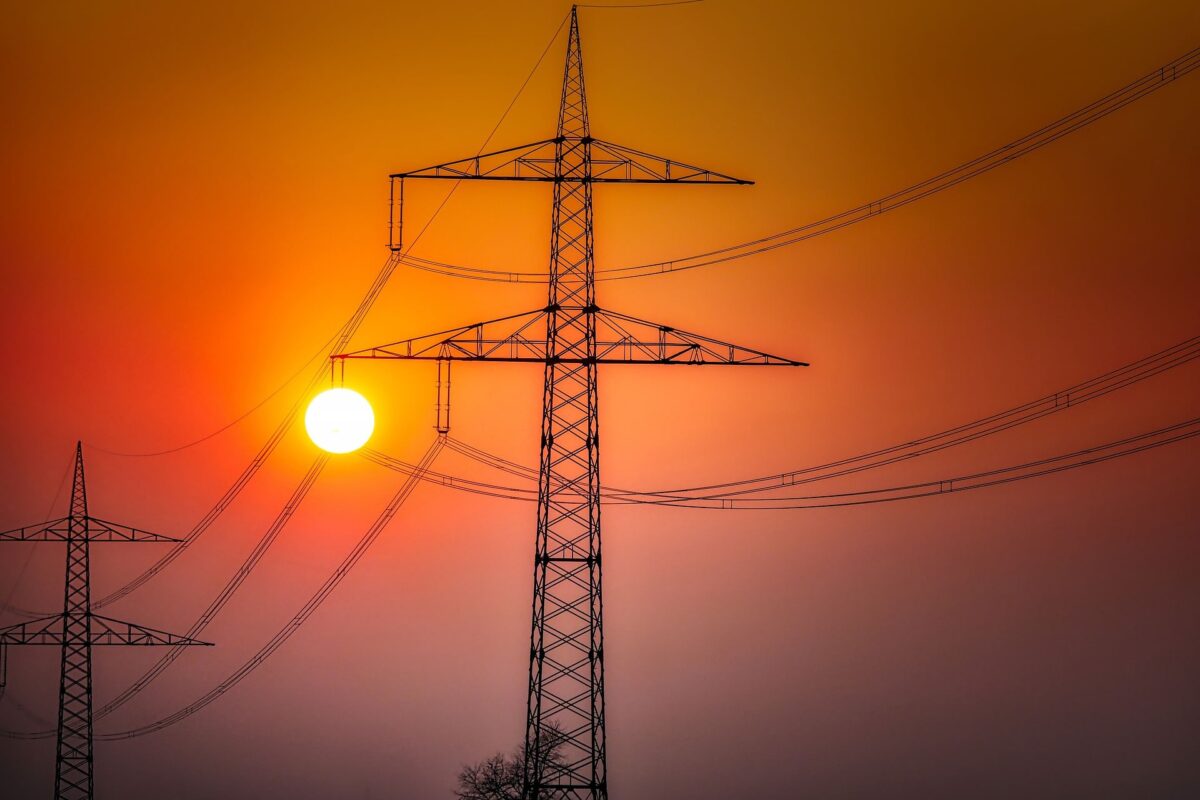At a summit at the White House a wide array of actors made commitments to fund and deploy energy storage, accompanied by the release of a new report on technical and economic dimensions of renewable energy integration.
While deployment is growing rapidly, at this time energy storage in the United States is a small and nascent market which has not benefitted from any federal programs akin to the Investment Tax Credit (ITC) or the Department of Energy’s SunShot program.
However, today the U.S. government made a move in the direction of supporting energy storage, with federal commitments to procure more energy storage accompanied by commitments from grid operators, power companies and others.
All in all, these aim to add at least 1.3 GW of batteries and other forms of advanced energy storage over the next five years. This would double the amount of such forms of energy storage in the United States, which GTM Research puts at around 500 MW.
There is also 22 GW of pumped hydro capacity in the United States, and the U.S. Department of Energy has reported applications to nearly double that capacity. However, the White House notes that potential locations for pumped hydro are highly geographically specific and that it is not typically considered in the same light as battery storage.
In a seven-page research note on the commitments, GTM Research says that among all of the actions announced today, commitments to deploy storage by the U.S. Navy stand out in terms of “potential to genuinely grow the market beyond business-as-usual”.
The navy has committed to three projects, including a 50-100 MW storage project at a naval weapons station in California, a 6MW solar and 6 MW/18MWh energy storage project at another navy base in Ventura, California, and a pilot project in Indiana.
GTM Research also notes that while commitments from California regulators, the California grid operator, Massachusetts and some investor-owned utilities are “nothing new”, the company takes note of announcements by two utilities from the U.S. South, Duke Energy and NextEra Energy to explore the benefits of energy storage for reliability benefits and renewables integration.
GTM Research further describes a commitment by the Los Angeles Department of Water and Power (LADWP) to procure 24 MW of energy storage in 2016 and target 178 MW by 2021 as “encouraging signs for storage opportunities in public utilities”.
And while it says that other private-sector commitments “don’t translate into significant extension of business as usual”, overall the company is bullish about the potential of today’s announcements.
“Adding a nationwide storage public-private push into the equation will provide a well-earned boost to the market, and in all probability, an upward bump in the storage outlook,” states GTM Research Director of Energy Storage Ravi Manghani.
“The market will receive a direct lift from the program investments, and additionally surge due to positive network effects from a well-funded and expanding industry ecosystem.”
However, GTM Research did not supply numbers on how much this would affect its previous forecast. In its last energy storage report the company predicted that the advanced energy storage market will grow 45% annually to reach a market of over 2 GW in 2021.
Additionally, the White House Council on Economic Advisors released a report at the summit on the technical and economic dimensions of integrating high levels of renewable energy, noting that at current levels there are only small to moderate costs of integration, but that demand for ancillary grid services will increase at higher levels of penetration.
The report frames this as an opportunity for new technologies and approaches, but also notes that policy and regulatory frameworks will need to be reformed.
“For the potential of smart markets and storage to be realized, there must be a level playing field allowing these technologies and approaches to participate in various electricity markets and be compensated appropriately for the value they provide, including their speed and accuracy,” states the report’s conclusion.
“With continued regulatory and technological development, the opportunities outlined in this report can support a cost-effective transition to a future resilient and low-carbon electricity grid.”
This content is protected by copyright and may not be reused. If you want to cooperate with us and would like to reuse some of our content, please contact: editors@pv-magazine.com.









By submitting this form you agree to pv magazine using your data for the purposes of publishing your comment.
Your personal data will only be disclosed or otherwise transmitted to third parties for the purposes of spam filtering or if this is necessary for technical maintenance of the website. Any other transfer to third parties will not take place unless this is justified on the basis of applicable data protection regulations or if pv magazine is legally obliged to do so.
You may revoke this consent at any time with effect for the future, in which case your personal data will be deleted immediately. Otherwise, your data will be deleted if pv magazine has processed your request or the purpose of data storage is fulfilled.
Further information on data privacy can be found in our Data Protection Policy.